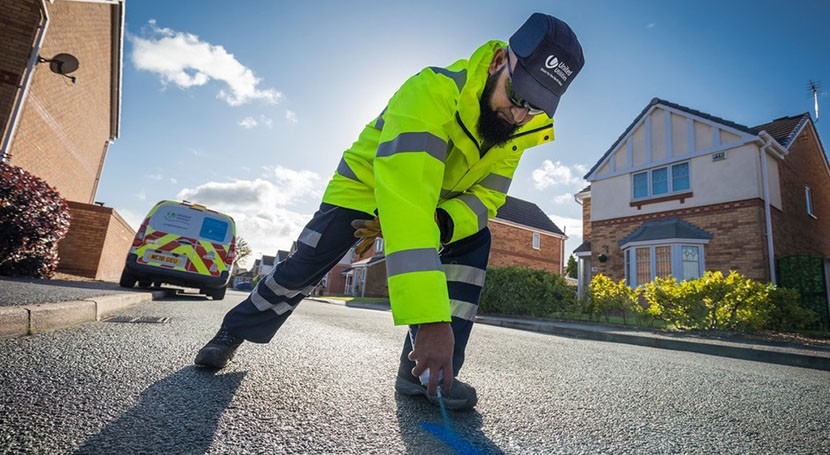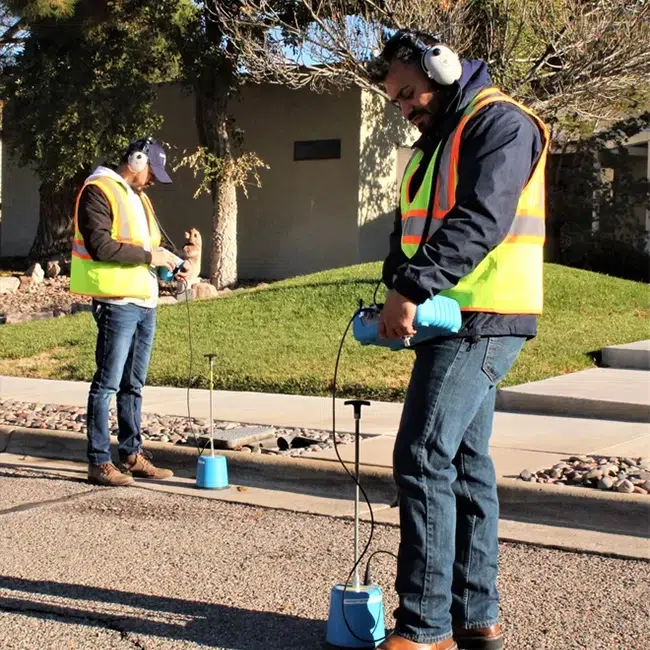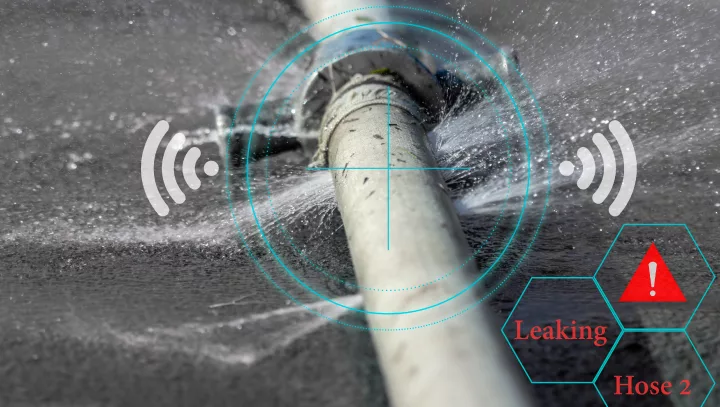Comprehensive Overview to Water Leak Detection for Home Owners and Companies
Comprehensive Overview to Water Leak Detection for Home Owners and Companies
Blog Article
Cutting-edge Solutions for Early Detection of Water Leakages in Structures and Infrastructure
From sophisticated leakage detection technologies to the deployment of IoT sensors for real-time tracking, the landscape of leak avoidance is progressing swiftly. Automated water circulation evaluation systems are improving just how leakages are recognized and resolved, leading the means for an aggressive strategy to water leakage discovery.
Advanced Leakage Discovery Technologies
Advanced leakage discovery technologies, equipped with advanced sensors and formulas, play an essential function in quickly determining and identifying water leaks in various settings. These technologies use a mix of acoustic, thermal, and electro-magnetic noticing techniques to discover leaks accurately. Acoustic sensing units identify the audio of running away water, permitting for specific localization of the leakage source. Thermal imaging spots temperature changes brought on by water leak, supplying an additional efficient method for leak identification. Electromagnetic sensing units can identify changes in electromagnetic areas triggered by water, offering yet an additional layer of leak discovery ability.

IoT Sensors for Real-Time Surveillance
In the world of modern water leak detection, the assimilation of IoT sensors for real-time monitoring represents a crucial advancement in enhancing positive leakage discovery abilities. These sensing units provide continual monitoring of water supply, giving real-time data on water circulation rates, stress variations, and temperature level adjustments. By leveraging IoT modern technology, these sensing units can spot even the smallest anomalies in water usage patterns, allowing early identification of prospective leaks before they intensify into major problems.
IoT sensors transfer data to a centralized platform, where innovative formulas assess the details and create signals or notifications when irregularities are spotted. This real-time monitoring capability allows residential property proprietors or facility managers to promptly address leakages, decreasing water damages, decreasing repair work costs, and conserving water sources.
Moreover, IoT sensors can be integrated with structure administration systems, permitting automated feedbacks to identified leakages, such as shutting off water shutoffs or triggering pumps to reduce the impact of leakages. In general, the implementation of IoT sensing units for real-time tracking significantly enhances the efficiency and performance of water leakage detection in buildings and infrastructure.
Equipment Discovering Algorithms for Leak Forecast

One key benefit of making use of artificial intelligence for leak prediction is its capability to continually discover and improve its accuracy with time. As even more information is gathered and fed right into the formula, it can improve its forecasts and adjust to changing problems, ultimately raising the dependability of leak detection systems.
In addition, artificial intelligence formulas can assist in identifying subtle indicators of leakages that may go undetected by typical tracking methods. water leak detection. By evaluating intricate information embed look at this site in real-time, these formulas can supply very early warnings and signals, enabling punctual intervention and precautionary upkeep to reduce possible water damage and connected prices
Using Thermal Imaging for Leakage Discovery
Thermal imaging innovation uses an encouraging approach for spotting water leaks in different systems and facilities. By using infrared radiation and temperature level variations, thermal imaging cams can recognize concealed leakages that are not quickly noticeable to the nude eye.
Among the crucial advantages of thermal imaging for leakage detection is its non-intrusive over at this website nature. Unlike conventional techniques that may need burglarizing wall surfaces or floorings to situate leakages, thermal imaging enables non-destructive testing. This not only saves time and lowers prices yet likewise reduces interruption to the building or infrastructure being analyzed. In addition, thermal imaging can promptly check big areas, giving a thorough review of prospective leak sources in a timely fashion. On the whole, using thermal imaging innovation enhances the efficiency and precision of water leak detection, making it a beneficial device for maintaining the integrity of structures and facilities.
Automated Water Flow Evaluation Equipments
Just how can computerized water circulation analysis systems revolutionize the detection and monitoring of leaks in numerous systems and facilities? Automated water circulation analysis systems offer a positive approach to leak discovery by continuously monitoring water flow prices and patterns. By establishing standard data, these systems can swiftly identify variances that may suggest a leakage, enabling timely treatment to avoid considerable damage.
These systems use innovative algorithms to evaluate real-time information and provide immediate informs when anomalies are found, allowing for swift action to be taken. In addition, automated water flow analysis systems can be incorporated with structure management systems or IoT platforms, improving general performance and enabling remote monitoring abilities.
Additionally, the data gathered by these systems can be utilized for predictive maintenance purposes, helping to identify possible weak factors in the framework prior to leakages happen. In general, the application of automated water flow evaluation systems can dramatically boost leakage detection and management practices, ultimately leading to cost financial savings, lowered water wastefulness, and boosted sustainability in structures and facilities.

Final Thought
In final thought, the assimilation of innovative leakage detection technologies, IoT sensors, artificial intelligence formulas, thermal imaging, and computerized water circulation evaluation systems supplies innovative services for early discovery of water leakages in structures and framework. These technologies allow real-time tracking, prediction of leaks, and efficient detection methods to stop water damage and wastage. Implementing these services can assist in preserving why not check here the integrity and sustainability of water systems in various settings.
Report this page